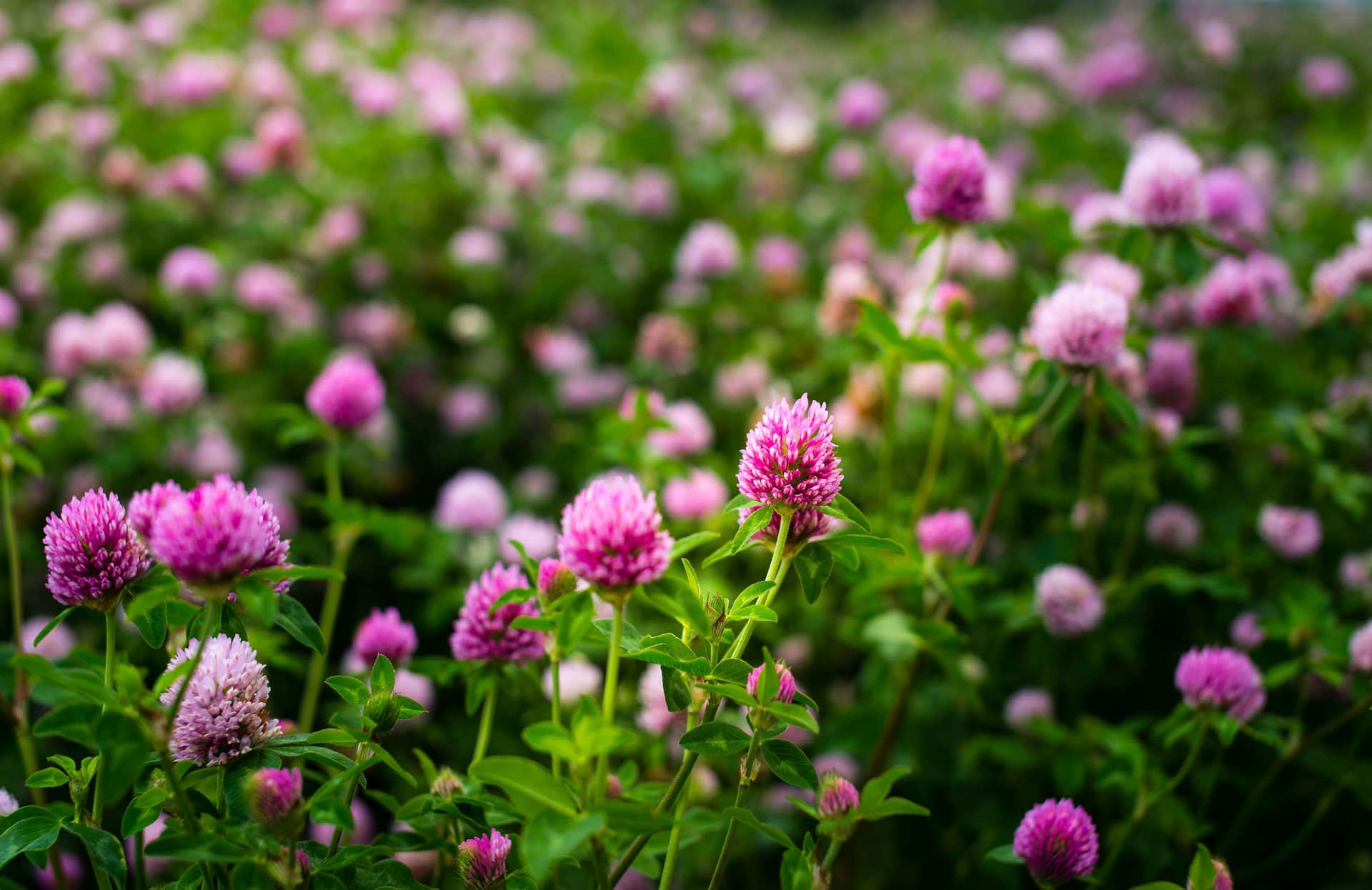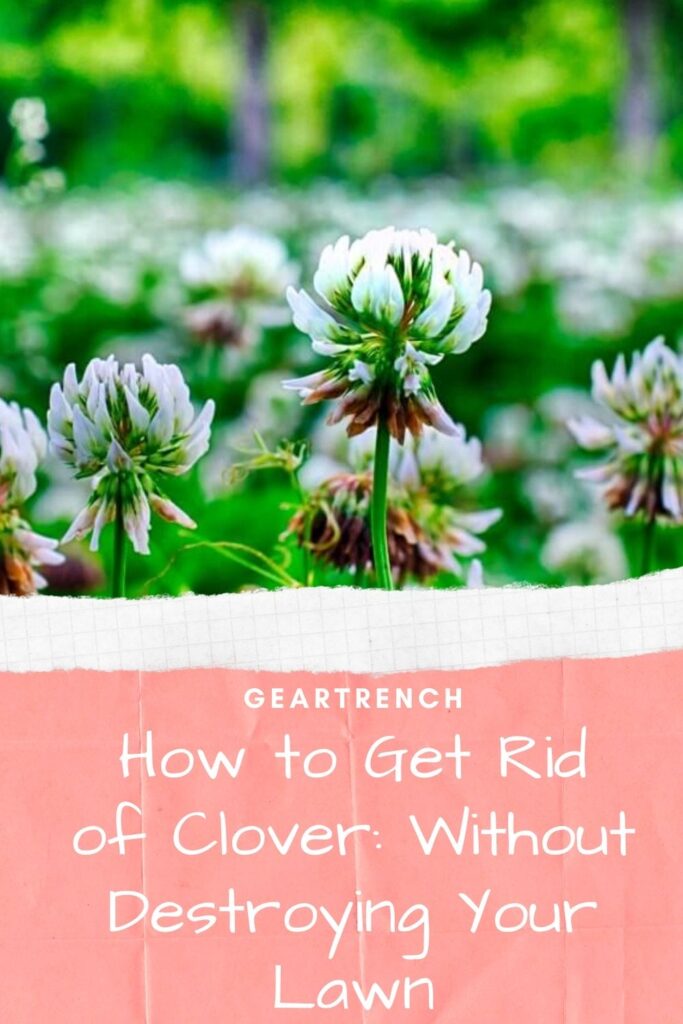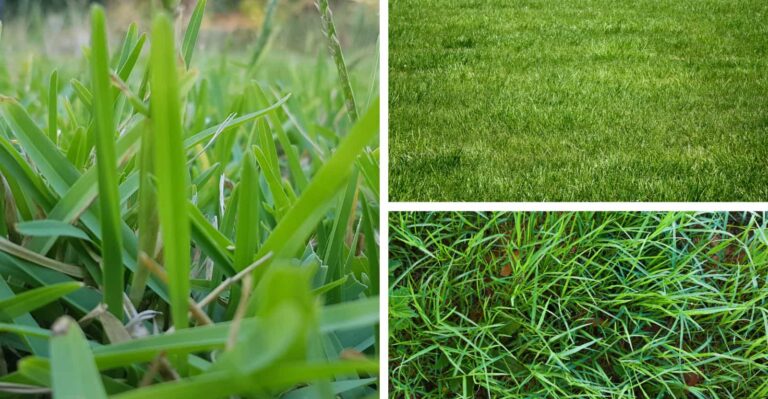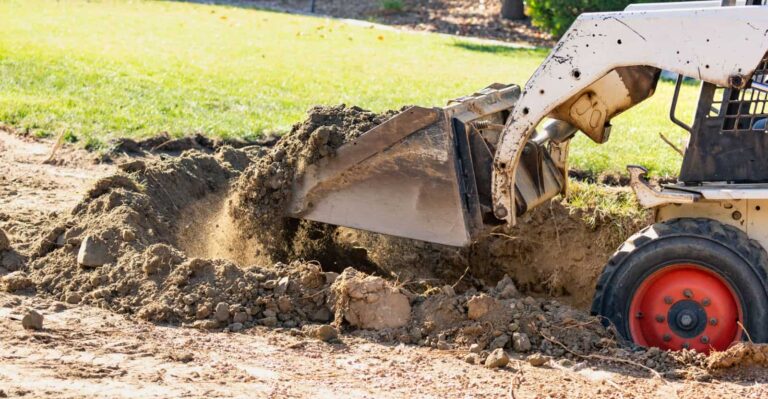Amazon has put together some great Home Gift Deals – save money and get your shopping done at the comfort of your home! Click here to see deals on Amazon
The clover is one of the most aggressive weeds you may find on your lawn. It grows anywhere where it gets the right environment, which is low nitrogen soil and the right amount of sunlight.
The clover is also known as Trefoil that can colonize any garden quickly. Even the most experienced gardener finds clover to be a troublesome weed to get rid of fast.
If you have it growing on your lawn and you’re wondering how to get rid of clover, then keep reading. In this article, we’ll tell you several ways you can control the clover without harming your lawn and how to prevent it from re-growing.
Let’s get started.
What Is A Clover?
Clover is a perennial weed that grows aggressively in lawns and yards and is the most recognizable all around the world. It doesn’t grow tall and creates a persistent ground cover. However, it looks like lots of other common weeds.
So how can you know if you’re dealing with clover in your yard?
Unlike other weeds, identifying clover is quite easy. The clover is a bright, lush green plant. It has three small petal-shaped leaves with a white crescent on each half-inch-long leaf.
The clover’s three leaves are so ubiquitous that finding a four-leaf clover is considered good luck and a hallmark symbol of St. Patrick’s Day. Statistically, you have one in a 10,000 chance to find a four-leave clover, though.

Why Do You Have So Much Clover In Your Lawn?
Clover is a perennial plant that grows aggressively. It thrives wherever it finds a favorable condition. Contrary to common perception, clover is also beneficial to your garden.
For example, the white clover (Trifolium Repens) has a broadleaf and grows along with common grass. It can grow in more robust areas such as poorly drained soil or too shady areas where other vegetation may find it challenging to grow.
The other species of clover is red clover that grows taller than white clover and blooms small purple flowers. Clover is a natural fertilizer as it contains bacteria that convert nitrogen into fertilizer.
This ability of clover to fix nitrogen from the air allows clover to grow in nitrogen-poor soil. While other plants may struggle to grow properly due to low nitrogen in the ground, the clover finds space and less competition to thrive in any harsh environment.
Aggressive growth of clover in your lawn may indicate nitrogen deficiency in the soil. This deficiency may be due to inherent poor soil quality, use of excessive fertilizers, over-irrigation, or low temperature.
You may find clover growing in lawns that aren’t well kept or undernourished.
Improving the soil quality and nutrient level for your lawn care encourages the other plants to grow and reduces the ability of clover to grow unchecked.
Read More: Pink Princess Philodendron: The Ultimate Guide to Plant, Grow and Care
When Should I Kill Clover In My Lawn?
If you have clover growing in your lawn, and if it remains unchecked, then it can become 5 to 8 inches long and starts to bloom either white or pink color flower.
If you have barren land and don’t have a proper supporting environment, then having a clover improves the soil quality and prevents soil erosion during the rainy season.
The clover is useful for erosion control and natural food source for bees and rabbits. It also makes a great green cover on your lawn.
If you aren’t planning to plant any flower or edible garden, then you should leave the clover in the lawn as it maintains the soil for future plantation.
But clover is an invasive species, and its seeds are long-lived and remain dormant in the soil for several years. You should start removing clover when you’re ready to plant flowers or vegetables in the garden.
Remember that it may take some time to get rid of clover completely from your soil. Start removing clover at least 4 to 6 weeks before you plan to start planting other vegetation and flowers on the lawn.
This will give you enough time to recondition soil to optimize the growth of other plants.

What Will Kill Clover But Not Grass?
The presence of clover in the lawn indicates very little to no nitrogen in the soil. The best way to kill clover while saving the grass is to create an environment that discourages clover growth while benefitting the grass.
There are several ways you can do it. The first step in getting rid of the clover is to prevent it from producing seeds. You shouldn’t let the clover flower or produce seeds as these seeds fall in the lawn that then germinates further.
You can selectively remove the clover by pulling them up either manually or using a weed removal tool. If you’re manually pulling the clover, then water the soil first and let it soak for an hour or two to soften the ground.
Then you can use a twisting motion and gradually pull out the clover upward with its root. Safely dispose of the plant before the seeds fall off.
This manual pulling of clover allows you to remove it from your garden without damaging the grass. But this technique may not be possible if you have a large backyard with a ground cover of clover in the lawn.
Another way you can remove clover without affecting grass is by hampering the favorable growth environment of clover. The growing of clover indicates very little or no nitrogen present in the soil. You can take it to your advantage and apply more nitrogen to the ground.
You can apply nitrogen in the soil with the use of fertilizer or spread organic compost in the lawn. The corn gluten or other weed pre-emergent may not work with a clover.
When your goal is also to protect the grass while destroying clover, don’t use too high nitrogen fertilizer either, and choose the fertilizer with nitrogen levels below 9.
How To Get Rid Of Clover In A Lawn Without Chemicals?
Getting rid of clover without using any chemicals is a preferred way to maintain your yard. It reduces the risk of polluting the environment through the use of harmful chemicals and maintains the quality of the soil.
Here are seven ways that you can remove the clover naturally.
1. Mulch Your Lawn
Mulching helps to suppress clover growth. Clover, like any other plant, needs space to grow. It thrives at places where it can find its root to take ground and get some sunlight.
Mulching your lawn makes the soil underneath cold and moist while depriving the clover of the needed sunlight to grow. Organic mulch, such as homemade compost is the best way to control the growth of clover.
2. Grow Native Plants
The dominant native plants, such as native grass or flowers, grow aggressively over the clover and suppress the clover.
You can plant broadleaf grass such as St. Augustine, which is a sturdy and robust grower along with buffalo grass, and tobosa grass to overpower clover growth in your lawn care.
3. Reduce Soil Disturbance
Clover flower contains thousands of tiny seeds that eventually spread on the lawn. Clover seeds that are at the topsoil of your yard have a higher chance of growing as they get more access to sunlight and water.
Soil disturbance, such as digging or tilling, brings the underground clover seeds to get exposed to the top layer of soil that increases the probability of developing of full-grown clover plant.
You may have to till your lawn for other plants, but avoid tilling where it’s not required. You can also use a sharp gardening tool to sever clover from its root rather than digging out.
4. Use Landscape Fabrics
The landscape fabric is a gardening material that provides the physical barrier to prevent clover and other weeds from growing. It works the same way as mulch but is much more effective. It’s made of sturdy material that doesn’t decompose quickly.
Make sure you buy the landscape fabric that has a tiny hole in it not to let the clover pass through it. The right quality fabric should be still and firm and won’t get torn or stretch easily.
5. Burn The Clover
Burning is an efficient and effective way to control clover growth. But its application may be restricted to areas such as driveways or sidewalks or places where you don’t have other plants or grass that you want to keep.
Burning the clover also reduces the risk of it spreading the seed. And you don’t need to burn the clover completely. Run the hot flames over the clover to let it lose all its internal moisture, and the clover naturally dies in a few days.
6. Pull It Out
Pulling out the clover with a hand or using a weed removal tool is the most common way to remove it without harming other plants. Do so when the soil is moist to make it easier to pull it from the ground.
If you’re pulling out the clover, then make sure you pull it out with its root to prevent regrowth.
7. Mowing Grass High
Clover is a ground layer plant and grows a few inches long. If you have other grasses along with clover, then you can keep the mowing height to be above 3 inches. It encourages the growth of grass and overcomes the growth rate of clover.
Don’t mow your lawn too low as you then run the risk of removing the grass altogether and giving the clover enough space to spread its root.
How To Get Rid Of Clover In Flower Beds
Weeds, including clover, can colonize any garden quickly. And while weeding can be time-consuming, it’s a necessary job. If you have clover growing on the flower bed, then it can hamper the growth of other plants.
Pulling clover by hand or using a hand fork is the best way to remove them from small flower beds or confined areas, where you risk damaging the adjacent plants.
It also allows you to work between plants without disturbing them. To get started, loosen the soil with a fork to uproot the deep-rooted clover. You may have to untangle plants from overgrown clover.
Cutting clover off at the base with a hoe is the best way to tend in more extensive and accessible areas. It’s most useful when done in dry weather, so the clover seedlings wilt and die quickly without a chance to recover.
You can also dig it out by hand from the flower bed to ensure that you get the roots.

How To Make A Homemade Clover Killer
The easiest way to kill a clover is by making homemade herbicide. It’s straightforward and quick to make, and likely, you will have all the necessary ingredients in your home already.
The vinegar and soap mix are the most effective homemade clover killer. For this, take one tablespoon vinegar in a bowl and mix it with one tablespoon of dish soap and ¾ cup of water.
Put all ingredients together in a spray bottle and shake it for 2 to 3 minutes to get a uniform mixture of the solution. You can then spray it directly on the clover.
You can start with a single spray of vinegar either in the middle of the clover or to the flower that stops it from producing seeds.
You may also spray it near the clover roots. It allows the vinegar to pass through the soil and gets absorbed in the roots. It prevents the clover from growing again.
However, be careful when you spray the vinegar mixture and avoid spraying it on surrounding plants or grass as it could easily damage them.

How To Get Rid Of Yellow Clover?
After dandelion, yellow clover is the most common type of weed that you may find on your lawn. It grows very aggressively and hampers the growth of grass and plants in the yard. If not controlled in time, it starts flowering and produces seeds that keep it regrowing.
You also need to identify if you’re dealing with yellow clover or yellow woodsorrel. One way you can tell the difference is by looking at the leaves and foliage of the plant. Yellow Clover has much darker leaves that are a bit smaller than yellow woodsorrel.
Yellow Clover has interconnected roots that have several plants growing from a single source. To get started, you use a weed removal tool to uproot it from its root. While pulling, make sure you dig deeper into the ground and avoid breaking off the roots.
It may be possible to physically remove the yellow clover with its root if you have a small lawn, but in a large yard, this approach may not be practical.
In that case, you can use a herbicide such as Bonide Ready to use clover and other weed killers that kill the yellow clover without damaging the grass or other plants.
You can also apply high nitrogen into the soil during the spring and fall. As yellow clover-like to grow in a low nitrogen environment, the high nitrogen level in the soil prevents the growth of yellow clover.
How To Get Rid Of White Clover Without Destroying The Lawn
To remove white clover from your lawn, you can use the same technique as you used to get rid of yellow clover.
However, the best way to get rid of white clover is by using a herbicide. There are different types of herbicides available in the market, but if you’re planning to remove the white clover, then choose an herbicide that has Triclopyr as an active ingredient.
You can use the Southern AG Crossbow Specialty Herbicide to get rid of white clover. This is used for spot application on the white clover and is helpful as it won’t damage other plants and grass in your lawn.
This is a herbicide concentrate, and you have to mix it with water before you spray it thoroughly over the white clover foliage. You may have to apply it a couple of times for any overgrown and sturdy white clover in your lawn.
A.D.I.O.S Clover Killer—Is It Any Good?
A.D.I.O.S is a selective weed control killer that can be used to control all types of clover growing in the lawn. It’s a non-toxic and odorless weed controller that can be used around trees and flower beds.
It’s an organic weed control that contains ingredients such as Sodium Bicarbonate, Sodium Chloride, Sodium Alumino Sulfosilicate, Sodium Bicarbonate, Potassium Chloride, and Sodium Acetate.
To make it most useful to kill clover, you have to soak the foliage with the solution. You may have to apply multiple times to get the best possible result.
Several people have used it and have mixed results. Overall, you will get a fast-visible result by using other conventional herbicide weed killers than the A.D.I.O.S.
Still, if you’re inclined to use an organic weed killer, then make sure you correctly follow the application directions to have the success of getting rid of clover.

Don’t forget to share this post







